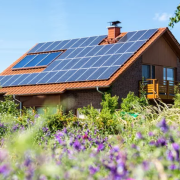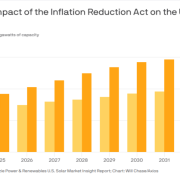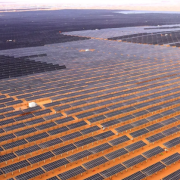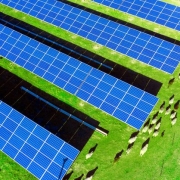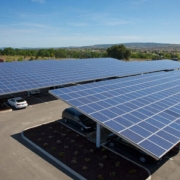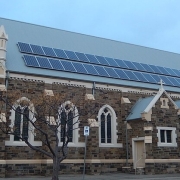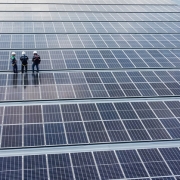Two kinds of technology are coming together to create renewable energy and drinking water for use in everything from emergencies to entertainment.
Sesame Solar out of Jackson, Michigan, makes mobile nanogrids that generate off-grid power within 15 minutes using solar, green hydrogen and battery storage.
The nanogrids consist of a retractable solar array that charges a battery system to produce green hydrogen via electrolyzers. The hydrogen system needs deionized water to run, which Sesame keeps on hand during deployments.
Click here to read the full article
Source: Forbes
—
If you have any questions or thoughts about the topic, feel free to contact us here or leave a comment below.




